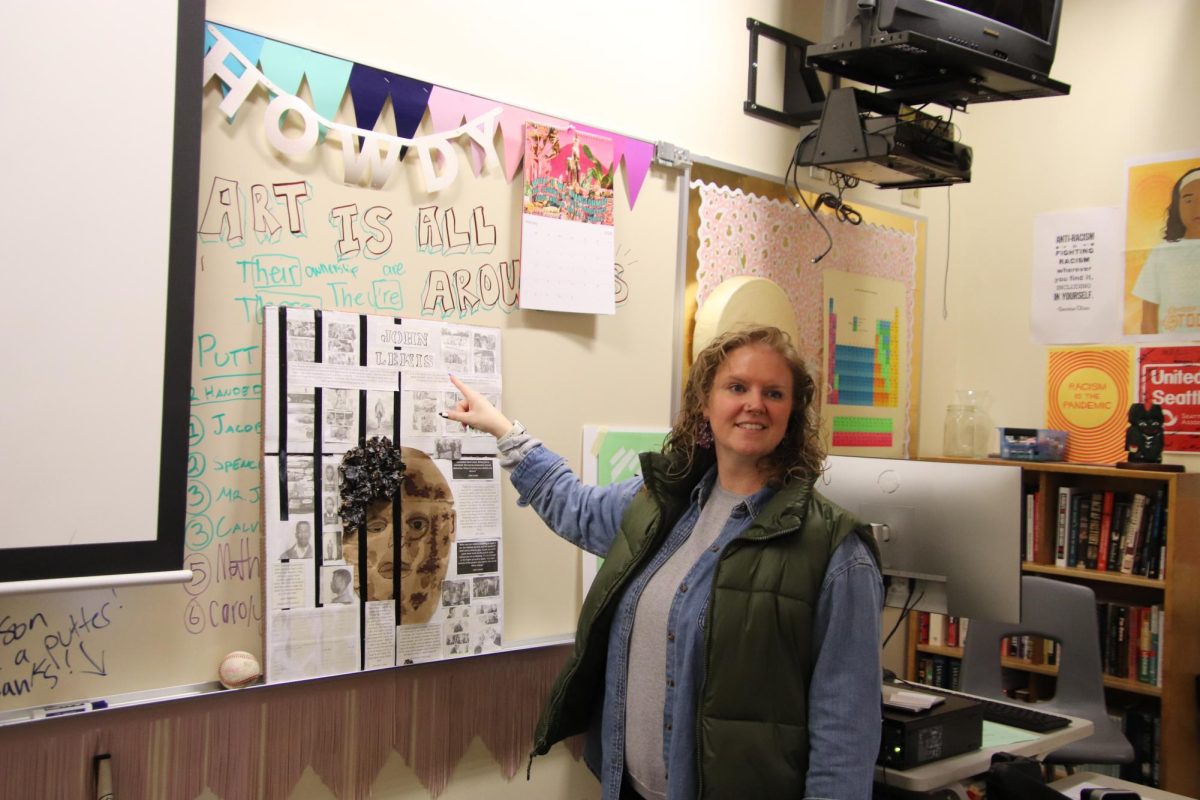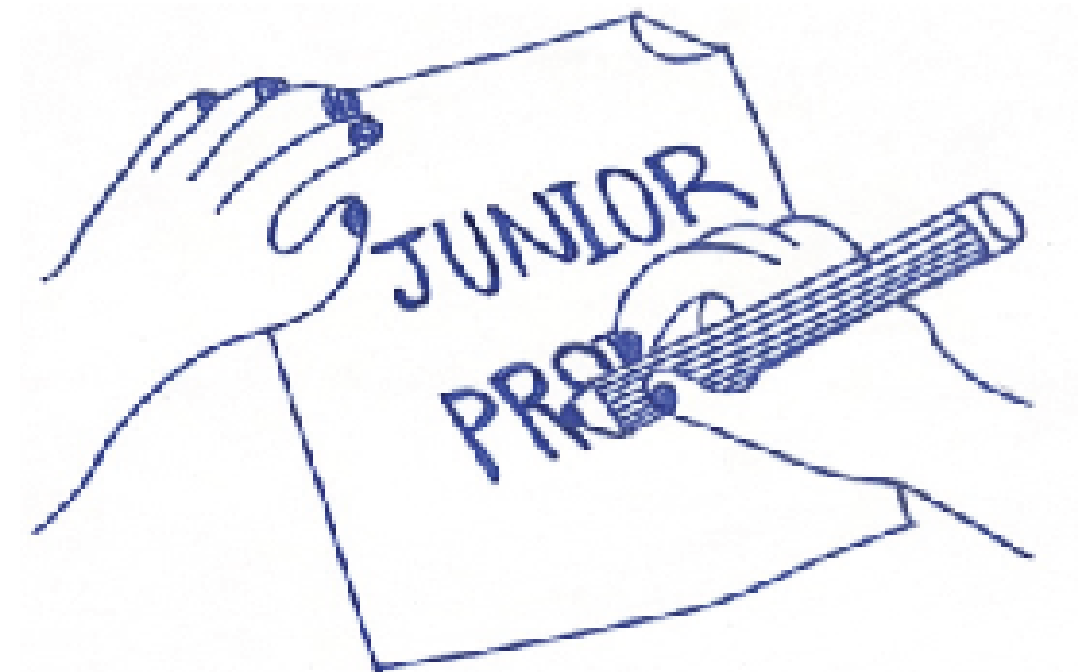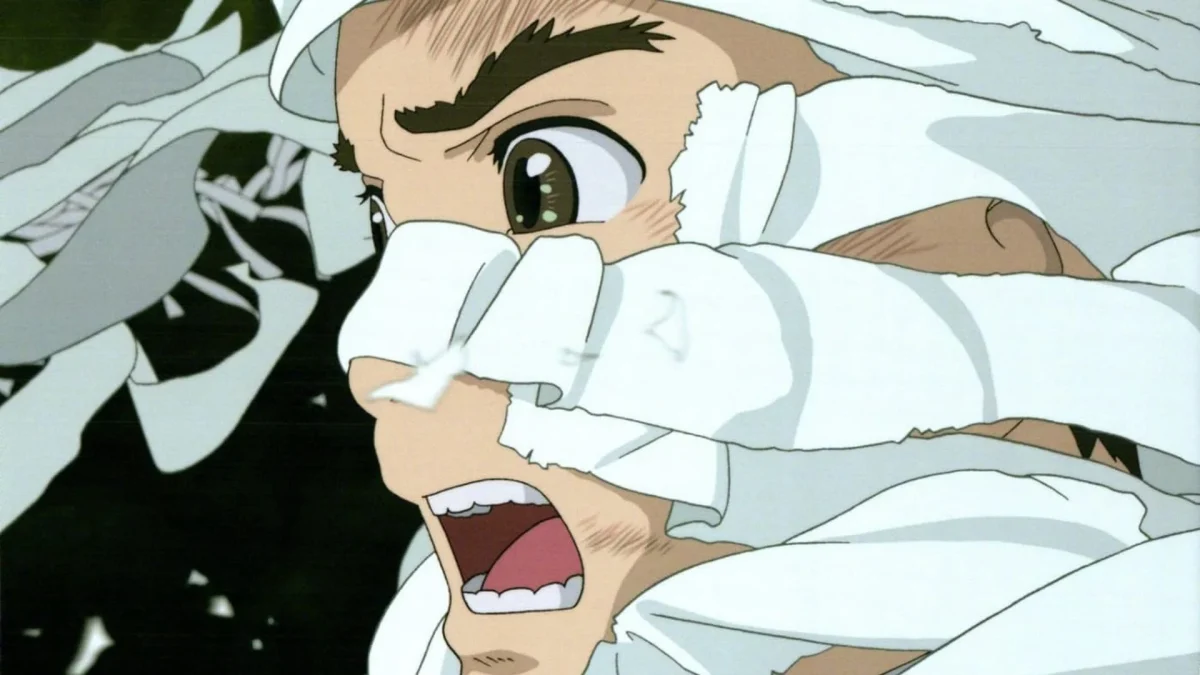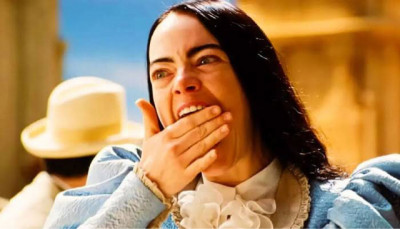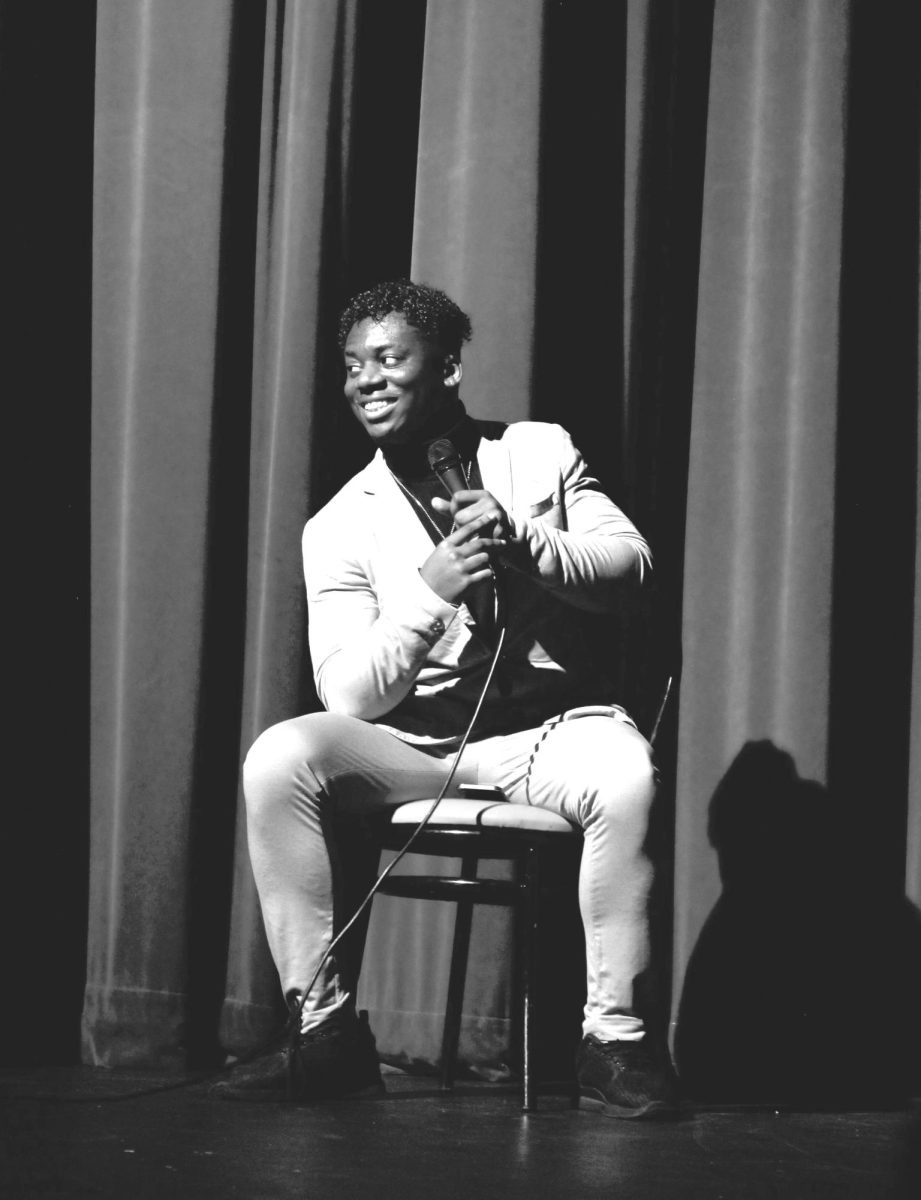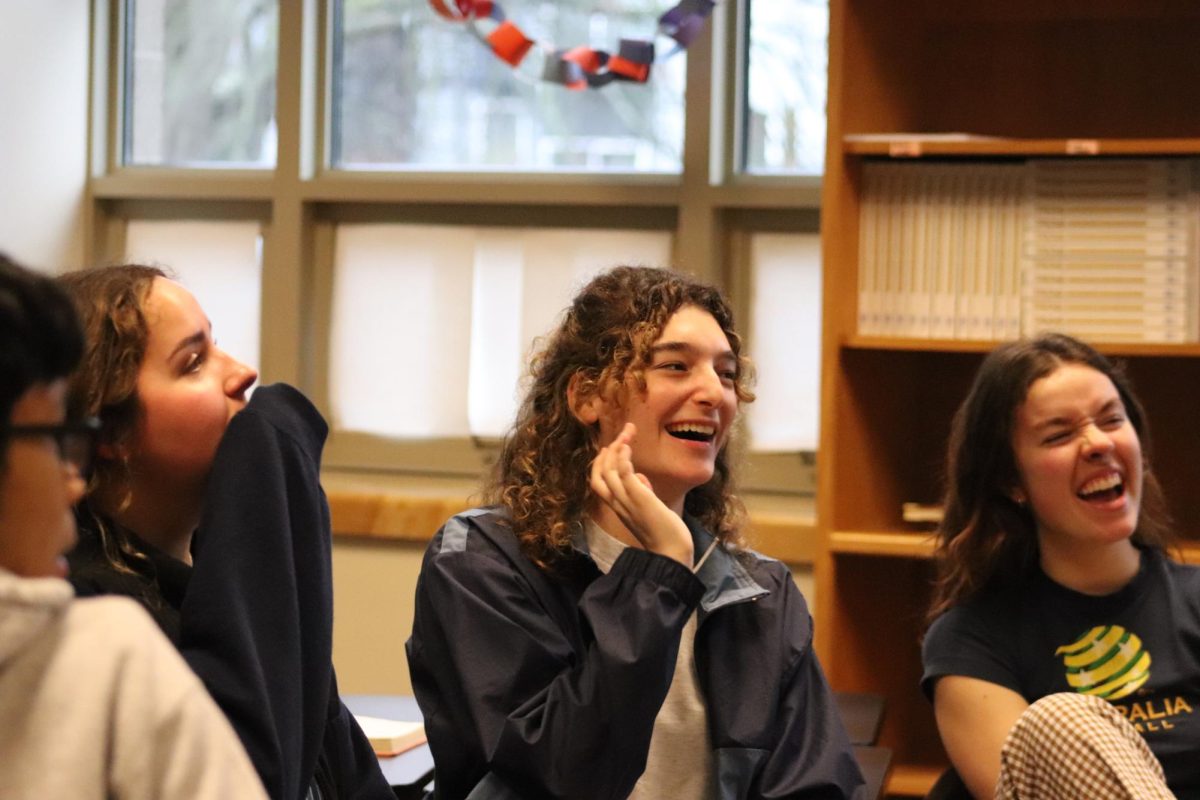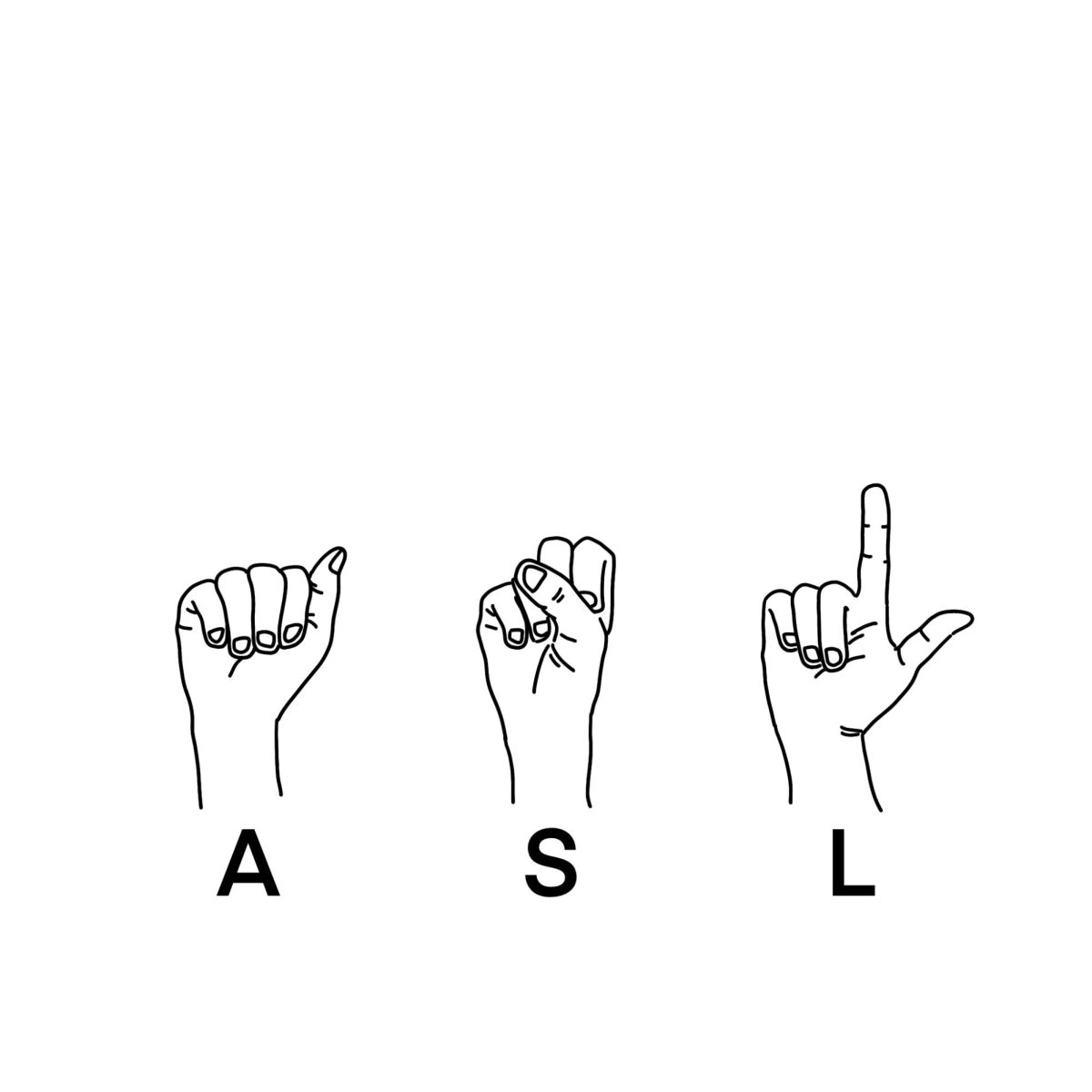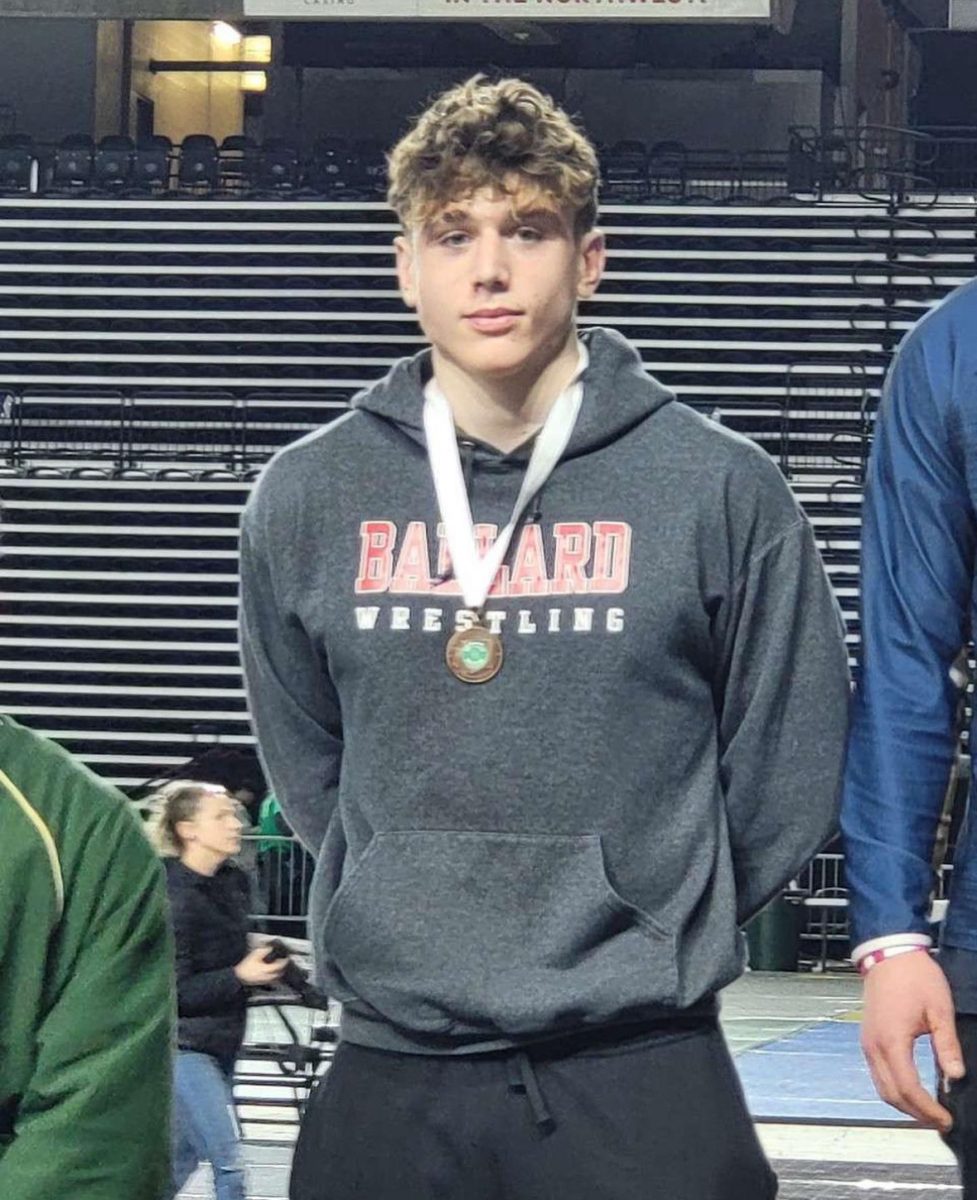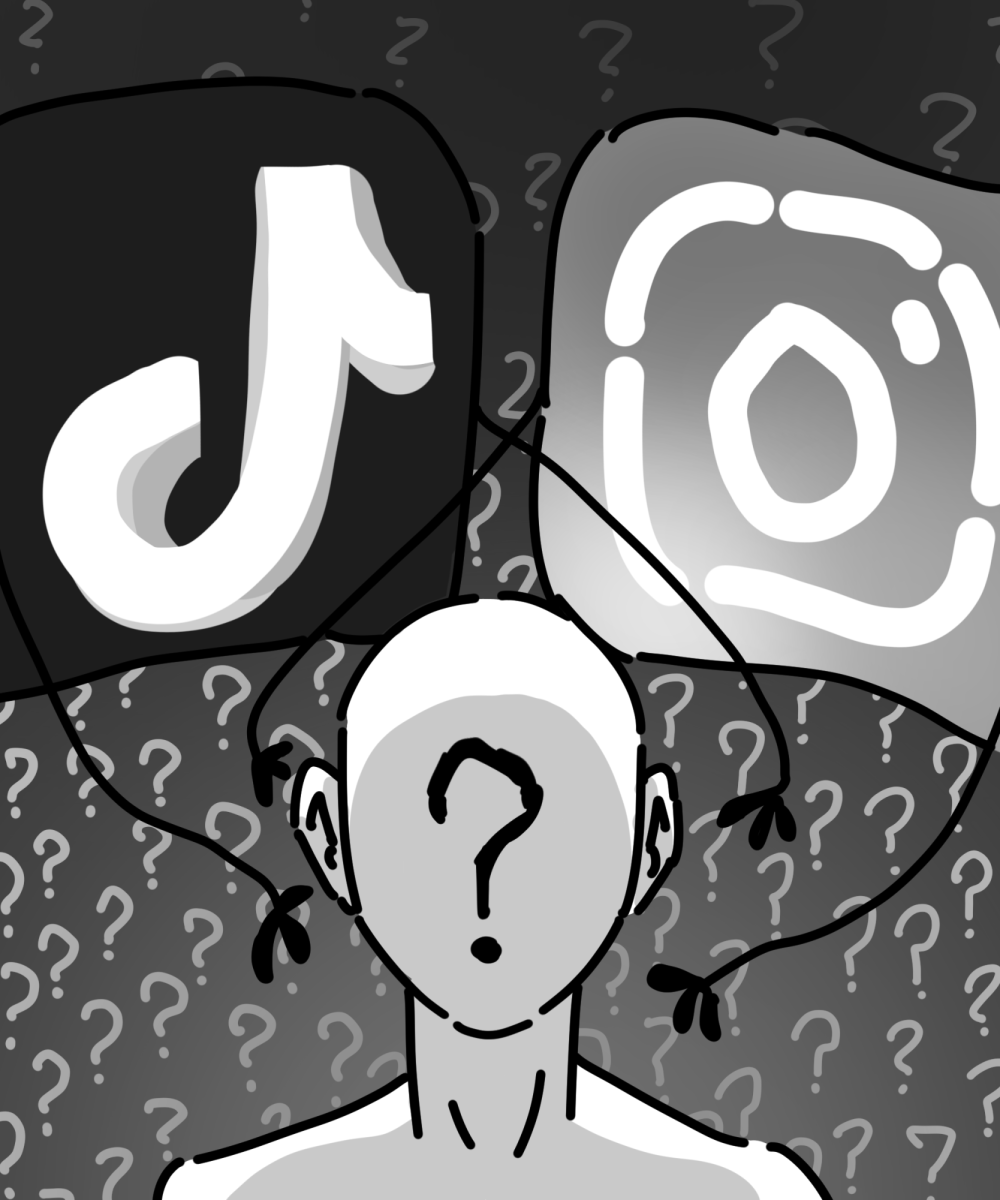Kathryn O’Brien & Maia Wiseman, Features Editor & Editor-in-Chief
Originally published April 25, 2014
With our highly regarded Biotech and Maritime Academies, Project-Lead-The-Way and DECA, our award-winning drama, video and art departments, and our community service projects like Link Crew, Key Club and National Honor Society, Ballard has earned itself prestige among the Seattle Public Schools.
The school was just named a recipient of the Office of Superintendent of Public Instruction’s highest honor, a 2013 Washington Achievement Award Winner, in the category of “High Progress.” The award is based upon three years of state assessment data and is considered to be a high honor.
With all of these positive aspects of the school, it is sometimes hard to see the other side of the spectrum, the parts of the school that are not as impressive. In terms of academics and activities, Ballard is impressive. But does that positive community reach everyone in the student body?
Hidden between all of the bold lines of our distinguished programs and community events, some students have a completely different experience from that advertised to the community.
In an April Talisman survey, 39 percent of students reported having been bullied. In the same survey, 31 percent of students admitted to having bullied someone themselves.
The Talisman divided the categories into three types for our survey: physical (violent), social (face-to-face), and cyber (social networking/texting). While 7 percent of students surveyed reported being most aware of physical bullying, 59 percent reported being most aware of face-to-face (verbal) bullying.
Another 46 percent of students reported being most aware of cyber bullying. “The anonymous Twitter accounts put a terrible name on our school,” senior Luxie Bell Duffy said. “They represent an entire school and it represents the way people in the school talk and act.”
Bell Duffy is referring to the handful of Twitter accounts with the sole purpose of releasing confessions, adding a new dimension to the school social scene. The accounts are operated by anonymous individuals and post confessions submitted by students. They include @BHSConf3ss and @Bal_confess.
By “confessions,” the Twitter accounts mean confessions of crushes or how attractive a certain person’s physical attributes are. The accounts try to keep the tweets positive but objectifying the students named (mostly girls) could be taken as bullying even if mean things aren’t said.
A majority of the tweets concern physical appearance and according to the National Bullying Prevention Center the reason for being bullied reported most often by students were looks. Behind that the biggest reasons for being were body shape and race.
Individual acts of bullying can be shielded by this smoke screen of anonymity on Twitter, but group efforts at school can also leave students feeling alienated.
“I hate the constant cliqueness,” sophomore Tillman Giebel said. According to our survey, many people agree with Giebel: 45 percent of students said they thought that Ballard has a clique problem. The Merriam-Webster dictionary differentiates between a friend group and a clique is as a clique being a friend group that does not allow anyone else to join.
According to senior Jeremy Kipper, there is an effective fix to this problem. “People who feel like they can fit in need to be nice to the people who feel like they can’t fit in,” Kipper said. “If you see someone who’s down, you should talk to them.”
“Ballard sucks” or “I hate school” is commonly heard through the halls, but it might not be a unique experience. Instead, it might just be the normal high school experience. “People don’t like high school. It’s not because of Ballard. It’s just people don’t like high school,” senior Katie Foster said. “Ballard’s a good school.”
The school environment in general seems to be a large factor in promoting bullying among students. According to the National Bullying Prevention Center nearly 1 in 3 students report being bullied during the school year.
“I’ve worked in three other school districts and other schools and I think what we have here is about the same as anywhere. [Bullying] happens,” Assistant Principal James Slaid said. “I think that the majority of the bullying that we see isn’t really people doing things like ‘give me your lunch money’ or ‘I’m going to hurt you.’ A lot of it is excluding people or saying mean things about somebody behind their back.”
Link Crew and other community events focus on inclusion and benefitting large quantities of students, the prime example being Link Crew. Link Crew’s main purpose is to make sure that freshmen are all included and recognized, and to prevent froshing or hazing that happens more evidently at other schools.
“I don’t think [students] talk to us enough [about bullying]. One of the biggest frustrations I’ve always had in doing this for almost ten years is that students don’t talk about it enough until it gets really bad,” Slaid said. “Lots of times when we do talk and there’s mediation, things do get better. People don’t believe it will but it does.”
There’s a distinct polarization in the perception of the school based on experience which allows the school to appear nice and bully-free. There is no clear solution to improving the experience for all students, but the first step is spreading the awareness that not everyone feels all is good in the dam.
The Talisman sat down with a student who has been a victim of bullying and asked to remain anonymous. Here is the story in her own words.
“My freshman year was actually alright for the first half of it and then I decided to cut my hair, and after that it just went downhill. People at that school do not like to see girls with hair that looks like boy hair that was what I learned.
And even though I had it donated to a charity and I had explained to everyone that was why I cut it, I still got a lot of flak for it. I got yelled at for going into the girls’ bathroom once, and I was called over to people. They would be like “hey, are you a boy or a girl?” and they would just yell that at me.
Usually older kids [were doing it]; I mean I was a tiny little freshman. I did tend to wear kind of more androgynous clothing than I do today, mainly because I just shopped at thrift stores and got what I could.
Sophomore year, I suddenly was being bullied by underclassmen which was extremely weird. It was kind of a case of a Chihuahua and a Great Dane you know? Where I was like kind of shy but bigger than them, and they were tiny and really annoying. And they knew I wouldn’t pick a fight with them because I just wasn’t that kind of person so they felt like they could throw anything that they wanted to at me and I wouldn’t do anything–which was true.
Except you know, I told the administration everything about it. It actually took them a little bit of time, more time than I thought, to kind of get on it. At first I was like, ‘you know, this is happening’ and they were like ‘oh yeah, well they kind of do that to everyone,’ and I was like ‘well can you stop it?’ and they were like ‘Yeah, okay I guess I’ll get on it,’ and they did.
I waited like 2 days [to the administration to intervene] because the first few days it was happening I was just kind of like ‘whoa,’ and I was a little bit too upset over it to actually go to anyone.
The main offenders were the two same people. They had a little kind of like group, you know they’d sit at, and it was like Mean Girls basically. This would happen in just one of my classes, and also in the hallway outside of that class. The stuff that was loud enough for people to hear would happen out in the hallways obviously, and the stuff that was more personal, very subtle, but also hurtful things would happen in the classroom.
Other students would do absolutely nothing. They would just walk away, they would keep going. They’d either see it happen and walk away or see it happen and look at me, and then look at them, and then walk away.
Junior year that stopped because I got one of the people expelled. I think, not just me, but they had done a ton of other stuff, so they got expelled for that. The other person, I didn’t have any classes with her. I did see her a few times and she did try to pull the same shit that she pulled, to which I kind of just, I let it happen.
It was just one person. I no longer felt really under a threat because you know it was just one person. [Seeing her] elicited that cringe response, like ‘Oh god, oh god, oh god,’ but I walked away and tried just to not come into contact with her ever again. It was a lot easier because she was an underclassman and we didn’t have any classes.
My teachers never responded to anything that happened mainly because they did not see what was going on.
[Ballard] definitely has a clique problem. You can just see it when you walk into the cafeteria. You see all these kids at their tables and like there’s such a. It’s so super glued together. Like if you tried to separate any of these tables, havoc would break out. You can just kind of tell, because you can see them going to the same place every time. I know because last year I actually kind of had a little clique of my own.
I would differentiate a clique as a friend group where you don’t let anyone else in, unless, they’ve kind of really proven [themselves], not via hazing or anything but just kind of by watching them you think ‘Okay, they’re definitely gonna be in this clique.’ And a friend group is a lot more open than that. It’s very casual rather than kind of hierarchical. Also, cliques usually have sort of a leader of the clique. Someone who’s funnier, or just bigger or stronger than everyone else, and gets to kind of lead around. And that’s just my interpretation of a clique. Other people totally have different stuff.
I think that [Ballard has] a very specific bullying problem. It’s very appearance-related I feel like. Some schools have kind of more of a ‘we’re going to bully you for what you do’ and this school is more ‘we’re going to bully you for what you look like.’
Another thing that these people would do was they would take pictures of me, without my permission, without my consent, and I do not know what they did with these pictures. I never found out what they did with these pictures, but I know that they are out there somewhere. Who knows, maybe they’re on Instagram. But that does I think, go against some kind of rule, who knows what.
[It was not as much of an issue in my junior year was because] well, I grew my hair out a little bit. And there it is. There you have it. My hair was longer and it stopped.
Sean Eriksen contributed reporting
